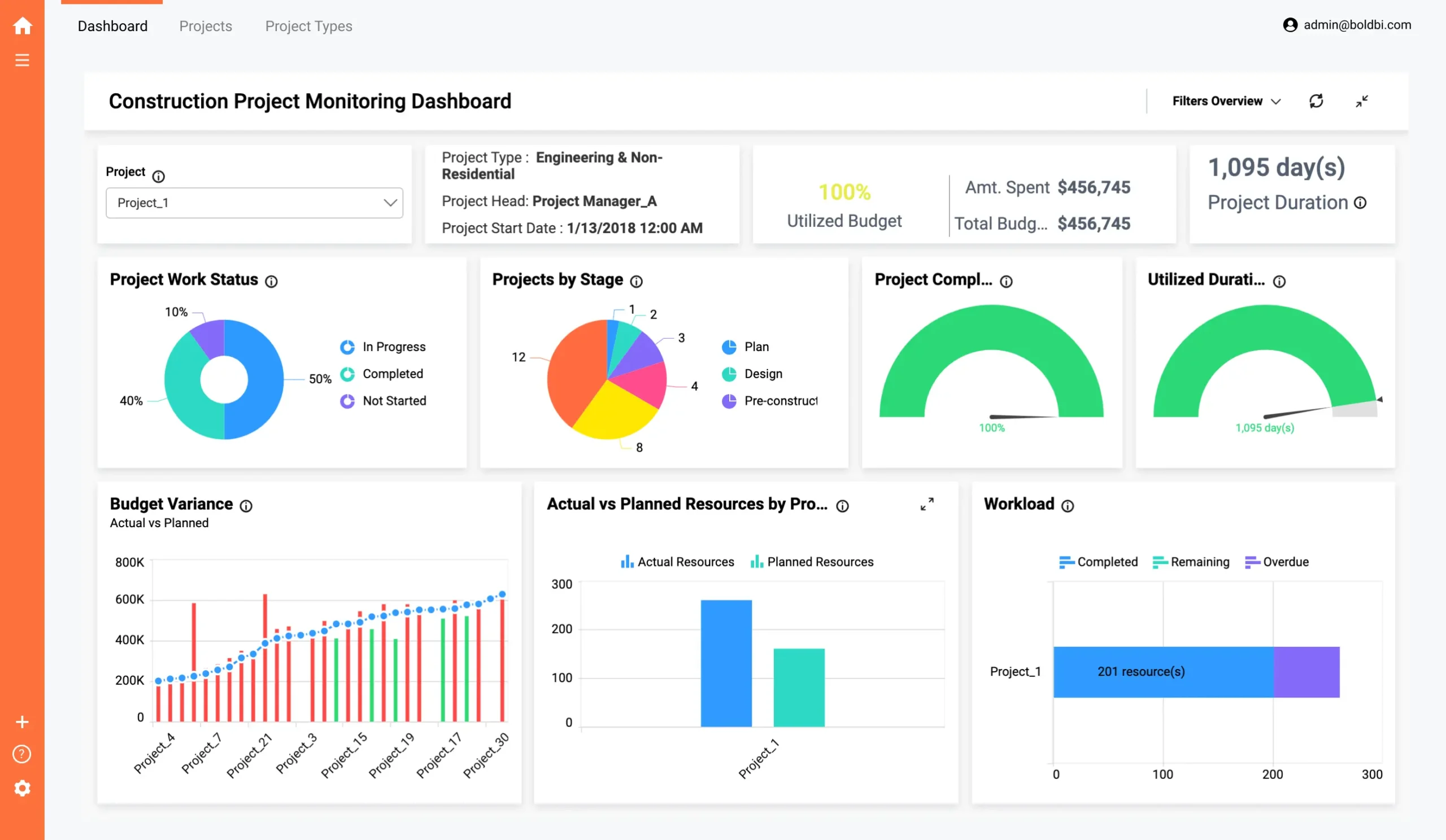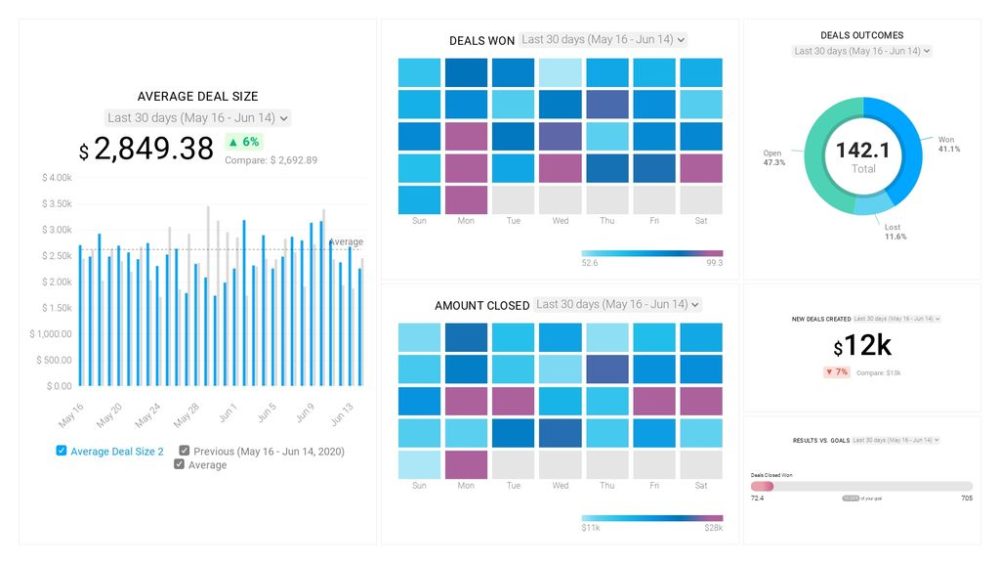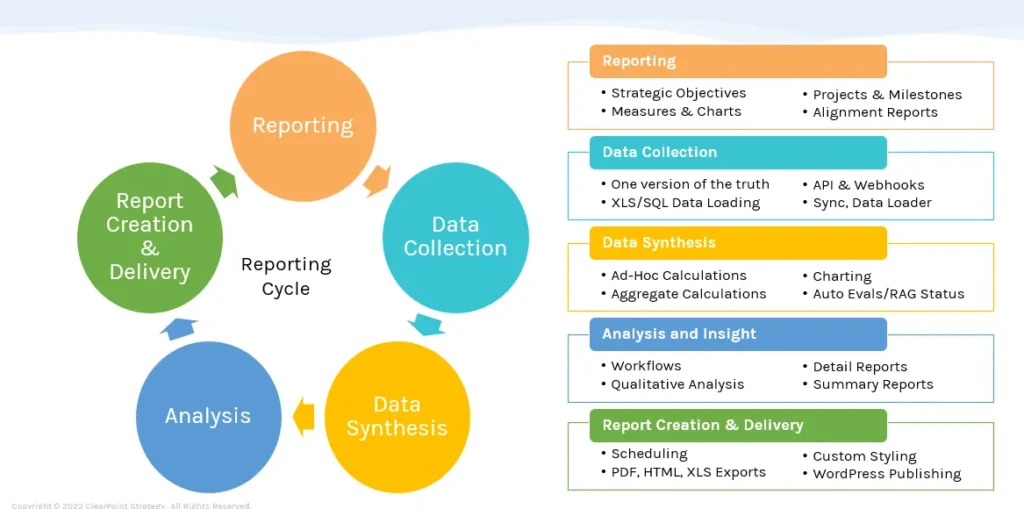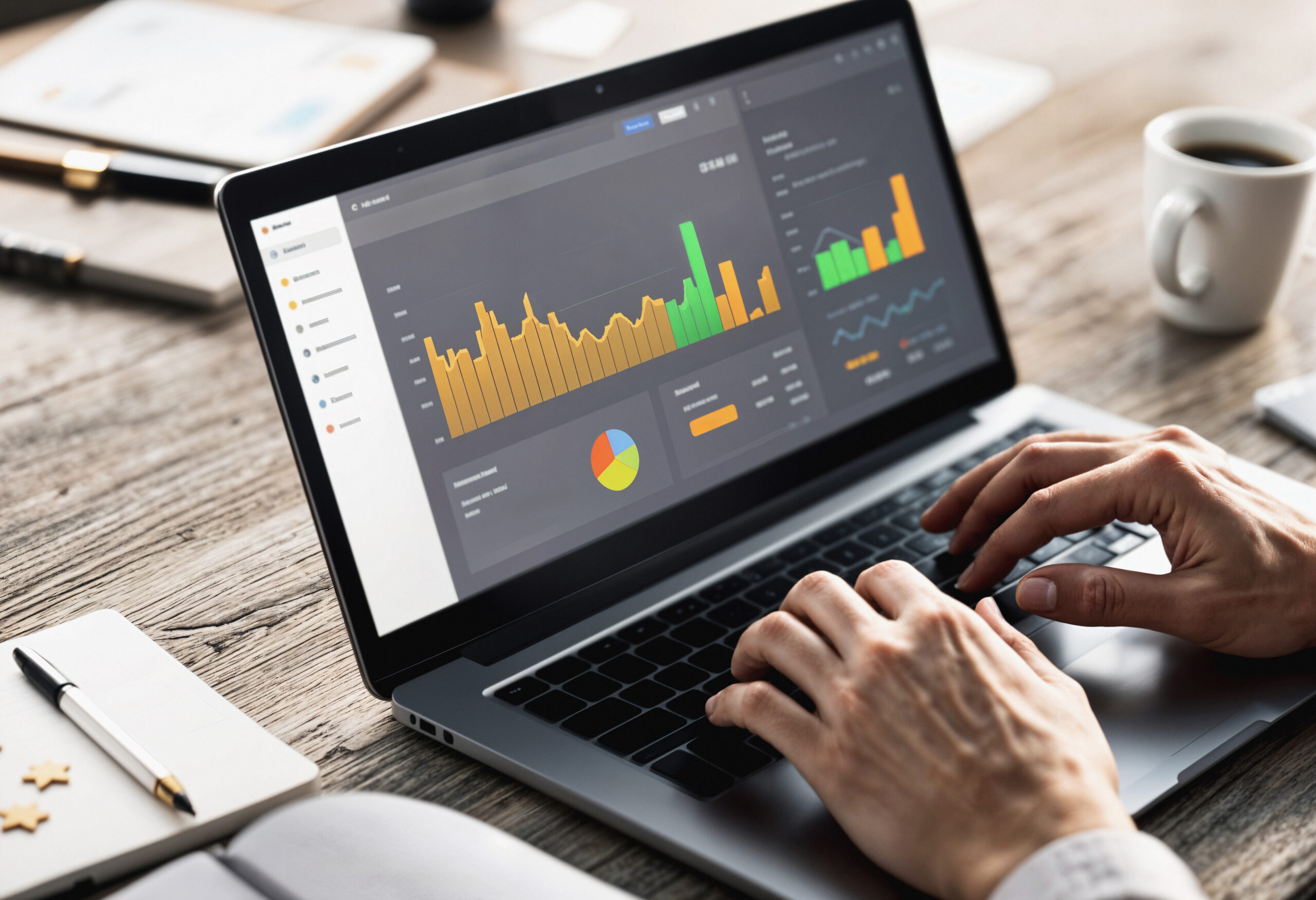A good website SEO click-through rate usually ranges between 2% and 3%. But many businesses can’t even reach the lower end of this measurement.
SEO KPI metrics tell us much more than just click-through rates. These metrics paint a complete picture of your SEO performance through organic visibility, conversion rates, and customer lifetime value.
Your business growth through search depends on monitoring SEO performance, which makes it a vital factor.
Here’s the tricky part: teams often track the wrong metrics or don’t understand the data correctly. They end up missing chances to improve.
The silver lining is that you can calculate your exact ROI with the right SEO performance measurement approach. Just use this simple formula: (Revenue from SEO – Cost of SEO) / Cost of SEO x 100.
Let’s take a closer look at the metrics that matter. You’ll learn how to track them properly and transform this information into useful insights that boost your business results.
Understanding SEO Performance Measurement Fundamentals

SEO performance measurement needs the right metrics tracked at the right time. SEO KPIs (key performance indicators) help you learn about how well your SEO efforts work and what they mean for your business goals.
What Makes an SEO KPI Work
Your SEO KPI should be measurable and connect with your business goals. These metrics should give you applicable information that guides your optimization decisions. The best KPIs have these vital features:
- Numbers you can measure and track
- Direct connection to business strategy
- Information you can act on
- Time limits to check progress
Leading vs Lagging SEO Metrics

The difference between leading and lagging indicators matters when you measure SEO completely. Leading indicators work like early warning signs and show future performance trends.
To name just one example, keyword rankings show possible traffic changes before they happen.
Lagging indicators confirm trends and show long-term success. Revenue and conversion rates measure what your SEO work produces.
Organic traffic fits in the lagging category because it shows the total effect of your optimization work.
Making KPIs Match Business Goals

Your SEO KPIs should link to your company’s goals to show real value. This match will help your SEO strategy add to business growth meaningfully.
If your business wants to generate leads, you should focus on conversion rate, lead quality, and lead volume.
You can create this match by:
- Finding your most important performance indicators
- Connecting these KPIs to SMART business goals
- Following metrics that change your results
Your KPI selection and tracking should change as your business goals shift. Regular checks and updates to your KPI system will keep it matched with what your organization wants to achieve.
Essential SEO KPIs for Measuring Real Impact

The right SEO KPI metrics are the foundation of successful search optimization. Let’s look at the key metrics in three important categories that help achieve measurable results.
Traffic and Visibility Metrics
Organic traffic is the main indicator of SEO success and measures visitors from unpaid search results. The quality of traffic matters more than total volume, so you should review traffic quality through search visibility and keyword performance.
Your website’s appearance frequency in target keyword results shows search visibility. Keyword rankings show how well you compete for specific search terms.
Your traffic splits between branded and non-branded searches give deeper insights. Branded traffic shows brand awareness, while non-branded traffic points to new visitor acquisition through SEO work.
Google Search Console’s total click tracking provides exact data about search performance.
Engagement and Behavior Metrics
User engagement metrics show how well your content appeals to visitors. The bounce rate shows the percentage of single-page visits, and lower rates usually mean better content relevance.
Standard sessions last between 2 to 3 minutes on average.
Dwell time is a vital engagement indicator that tracks how long users stay before going back to search results. The number of pages per session helps you evaluate content quality and site structure.
Conversion and Revenue Metrics
Your SEO success depends on turning traffic into business results. Organic conversion rates show how well your site converts visitors into customers. You should track these conversion types:
- Newsletter and SMS subscriptions
- Job application submissions
- Product purchases
- Lead form completions
ROI calculations provide solid proof of SEO’s effect using this formula: (Revenue from SEO – Cost of SEO) / Cost of SEO x 100.
Customer Lifetime Value (CLV) offers another valuable viewpoint to understand the long-term revenue effect of organic search visitors.
Setting Up Your SEO KPI Monitoring System

A resilient monitoring system creates the foundations to track SEO KPI metrics. A well-laid-out setup will give accurate data collection and optimized reporting processes.
Required Measurement Tools and Setup

Google Analytics 4 and Google Search Console integration are the lifeblood of SEO measurement. You should connect these platforms to track organic traffic, user behavior, and search performance data.
SEMrush, Ahrefs, or Moz are great ways to get detailed insights into keyword rankings and competitive analysis.
Your measurement framework should:
- Connect Google Search Console to track search performance
- Integrate Google Analytics 4 for user behavior analysis
- Set up conversion tracking for key events
- Configure custom event tracking
- Enable data sharing between platforms
Creating Custom Dashboards
Custom dashboards show your SEO performance metrics in one place. These dashboards combine data from multiple sources into a unified easy-to-use interface.
Your dashboard should display the most relevant metrics that match your business goals.
Google Data Studio helps create custom SEO dashboards effectively. You can connect nearly 500 different data sources to create detailed performance views.
The platform makes shared data storytelling possible through visual representations that stakeholders can understand easily.
Automated Reporting Workflows

Automation improves the reporting process and maintains accuracy while saving time. Automated SEO reports combine all KPIs into scheduled reports without manual data compilation.
These automated workflows bring several benefits:
Time Efficiency: Teams can focus more on strategy and optimization instead of creating reports. Automated reports reduce manual data gathering and analysis work.
Accuracy Enhancement: The system pulls data consistently from connected sources. This eliminates human error in data collection and calculations.
Stakeholder Communication: Teams can send regular reports to members and clients automatically. Reports can be scheduled daily, weekly, or monthly based on what stakeholders need.
The right tool integration and workflow configuration make automation successful. Teams can monitor performance consistently and reduce manual work by setting clear reporting parameters and schedules.
Analyzing and Acting on SEO Performance Data

Raw SEO data becomes useful when you analyze it systematically and implement it strategically. You can spot patterns, find opportunities, and make better optimization decisions by making use of information.
Identifying Performance Trends
Google Analytics helps you spot organic traffic patterns, seasonal changes, and growth trends. You should focus on engagement metrics because pages per session above 2.5 show good site navigation.
When users spend 2-3 minutes on average per session, it shows they find your content engaging.
Google Search Console data reveals search visibility trends. You can track impressions to learn about your content’s reach and see how well your meta titles and descriptions work through click-through rates.
We focused on pages that showed big ranking changes since these often point to areas you can improve.
Diagnosing Issues and Opportunities
Technical analysis is the lifeblood of SEO problem diagnosis. Google’s Mobile-Friendly Testing Tool helps assess mobile rendering. Regular crawl analysis spots indexation issues.
Good technical health lets search engines crawl, index, and rank your pages better.
Content performance analysis shows where you can make improvements. Normal bounce rates fall between 41-55% for most industries.
Higher rates might point to content that doesn’t match user intent or technical issues you need to fix.PageSpeed Insights tracks Core Web Vitals, which affect user experience and rankings directly.
Making Data-Driven Optimizations
Your performance data should guide these targeted improvements:
- Boost meta descriptions and titles where CTR is low
- Speed up pages that show poor Core Web Vitals scores
- Build stronger internal links where crawl efficiency is low
- Fix content on pages with high bounce rates or low engagement
Of course, you need to monitor regularly to confirm your optimization efforts work. Automated reporting systems help you quickly spot what’s working and what needs fixes.
Results take time, but consistent analysis and optimization lead to lasting SEO improvements.
Your business objectives should guide all your optimizations. Give priority to changes that boost conversion goals and revenue metrics.
This focused approach will help your SEO efforts deliver real business results.
Building Effective SEO KPI Reports

SEO KPI reports need a strategic mix of clear structure, compelling visuals, and targeted communication. A well-laid-out report turns complex data into practical insights that stakeholders can use.
Report Structure and Components

Strong SEO reports start with an executive summary that showcases key findings and achievements. This overview gives stakeholders quick insights into performance trends.
A detailed SEO report should include these core components:
- Traffic summary with quality and source analysis
- Keyword ranking performance data
- Conversion and revenue metrics
- Backlink profile assessment
- Technical SEO health overview
- Content performance analysis
- Action recommendations
Regular reporting builds transparency and accountability. Monthly reports track progress best, while quarterly reports show broader performance trends.
Data Visualization Best Practices

Visual elements help people grasp complex SEO data more easily. The goal is to create clear, easy-to-use visualizations that tell a compelling story.
Bubble graphs work well to show multiple metrics at once, and heat maps reveal user behavior patterns.
These visualization tips will give better results:
- Choose appropriate chart types for specific metrics
- Maintain consistent color schemes
- Label data points clearly
- Include comparative data for context
- Highlight important trends
Stakeholders will understand performance trends better and make smarter decisions once these practices take effect.
Stakeholder Communication Tips

Whatever their technical expertise, stakeholders need clear, practical insights. Important data can get lost in translation otherwise.
Reports should match the audience’s knowledge level and priorities.Your stakeholder communications should:
- Use plain language instead of technical jargon
- Focus on metrics that line up with business goals
- Provide context for performance changes
- Include specific recommendations
Good SEO reporting shows value clearly. Teams can better showcase their SEO achievements by tailoring reports to specific stakeholder needs and keeping communication channels open. This helps secure continued support for optimization efforts.
Note that meaningful data segmentation and presentation should highlight progress toward business objectives. This approach keeps SEO reporting focused on driving real business effects rather than just sharing numbers.
Conclusion
SEO KPI measurement forms a crucial foundation for successful digital marketing strategies. Businesses can make analytical decisions that affect their bottom line through proper metric tracking and analysis.
Three key elements lead to success with SEO metrics. Your business goals should line up with the right KPIs. You need reliable tracking systems and consistent data analysis for applicable information.
These insights must lead to strategic improvements that generate real business results.
Simple traffic numbers do not tell the complete story of SEO measurement. A complete approach with visibility, engagement, and revenue metrics shows the clearest picture of performance.
Your SEO efforts will give measurable value when you monitor and report strategically. This approach also reveals new growth opportunities.
Pick metrics that matter most to your business and start small. You can expand your measurement capabilities as your SEO strategy grows.
This systematic approach builds a strong foundation for long-term organic search success.

